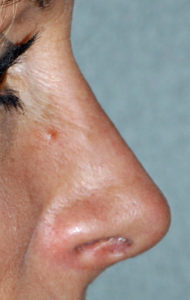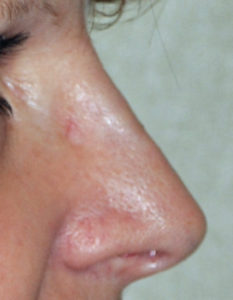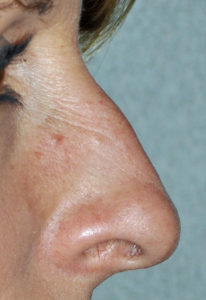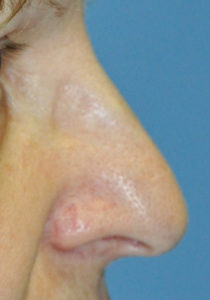Rhinoplasty remains a consistently popular aesthetic facial procedure because it fundamentally works and is capable of making significant facial appearance improvements. While it is not a perfect operation and it has its own risk of the need for revision procedures, it is associated with high patient satisfaction scores. The interesting question is what changes of the nose are perceived as most significant to others. We know that the most important changes are what the patient perceives and that is how rhinoplasty surgery is done with those desired changes in mind.
In the June 2018 issue of JAMA Facial Plastic Surgery, an article was published entitled ‘Association of Dorsal Reduction and Tip Rotation With Social Perception’. Based on a web-based survey was done to try and answer the basic question of what are the differences in social perception of people who undergo rhinoplasty for dorsal hump reduction, tip rotation, or both? In other words which nasal change was seen by others as more significant…reduction of a prominent bridge or changing the shape of the top of the nose. The survey was done using blinded evaluations of preoperative images of four patients who had computer simulations of various combinations of dorsal hump reduction and tip rotation. The survey asked to estimated the age, approachability, perceived success, health, intelligence, and attractiveness on a visual analog scale from 0 to 100.


It is interesting in this study that what happens to the nasal tip is less perceived to others than it is to the patient. That, of course, would depend on what the original nasal deformity is. In the presence of a straight dorsum with certain nasal tip deformities the public perception of its change may be more significantly perceived.
Dr. Barry Eppley
Indianapolis Indiana




